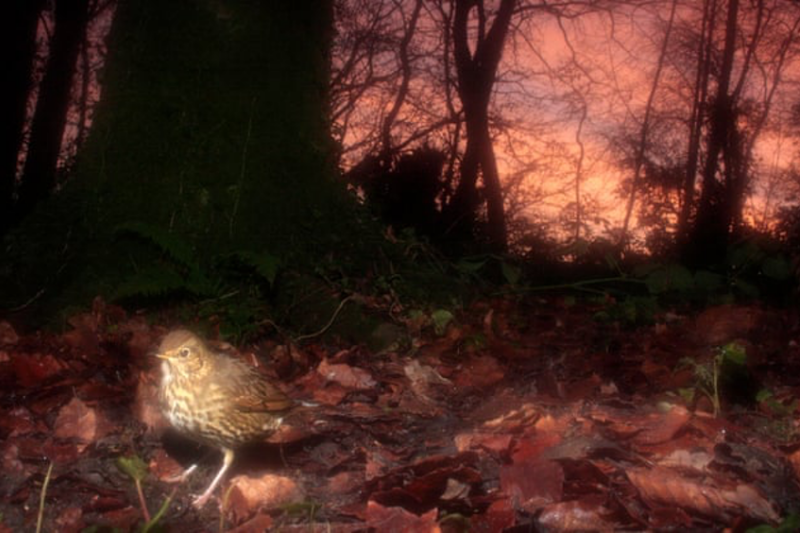Artificial Light At Night (ALAN) has several adverse impacts on biodiversity, and it has been recently used as a proxy to monitor human encroachment on landscapes at large spatial scales.
The extent to which ALAN affects protected areas (PAs) and biodiversity hotspots (BHs) remains however untested at large spatial scales. We used this proxy to assess the spatial and temporal trends in the anthropization at a global scale within and around PAs and BHs. We found that ALAN is low and stable over time within PAs, but is the highest in a first outer belt (<25 km) around PAs, and tends to increase in a second outer belt (25–75 km).
In the meantime, ALAN is higher within BHs than outside, and is even the highest and increasing over time in an inner belt, close to their periphery. Our results suggest that although PAs are creating safety zones in terms of ALAN, they tend to be more and more isolated from each other by a concentric human encroachment. In contrast, BHs are submitted to increasing human pressure, especially in their inner periphery. Overall, we suggest integrating ALAN in large-scale conservation policies.


